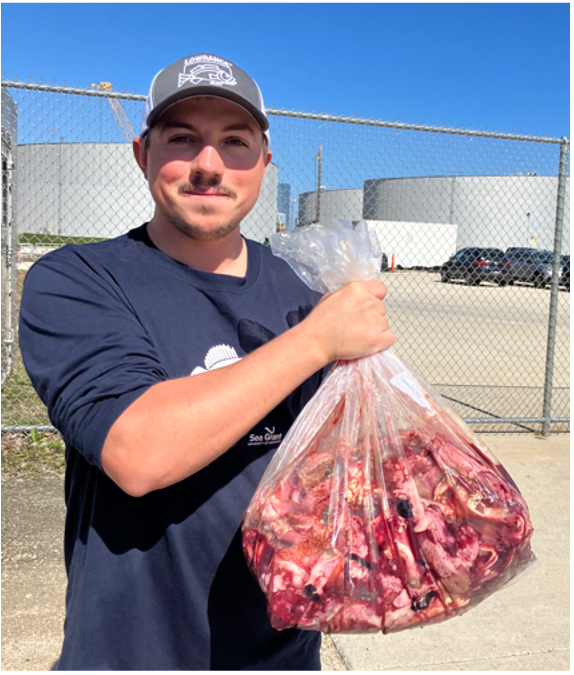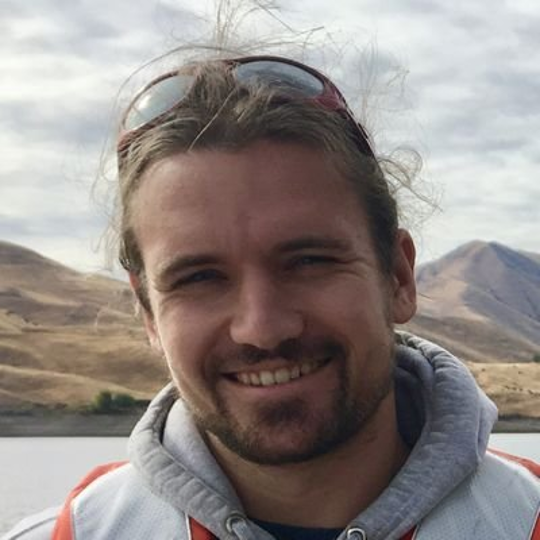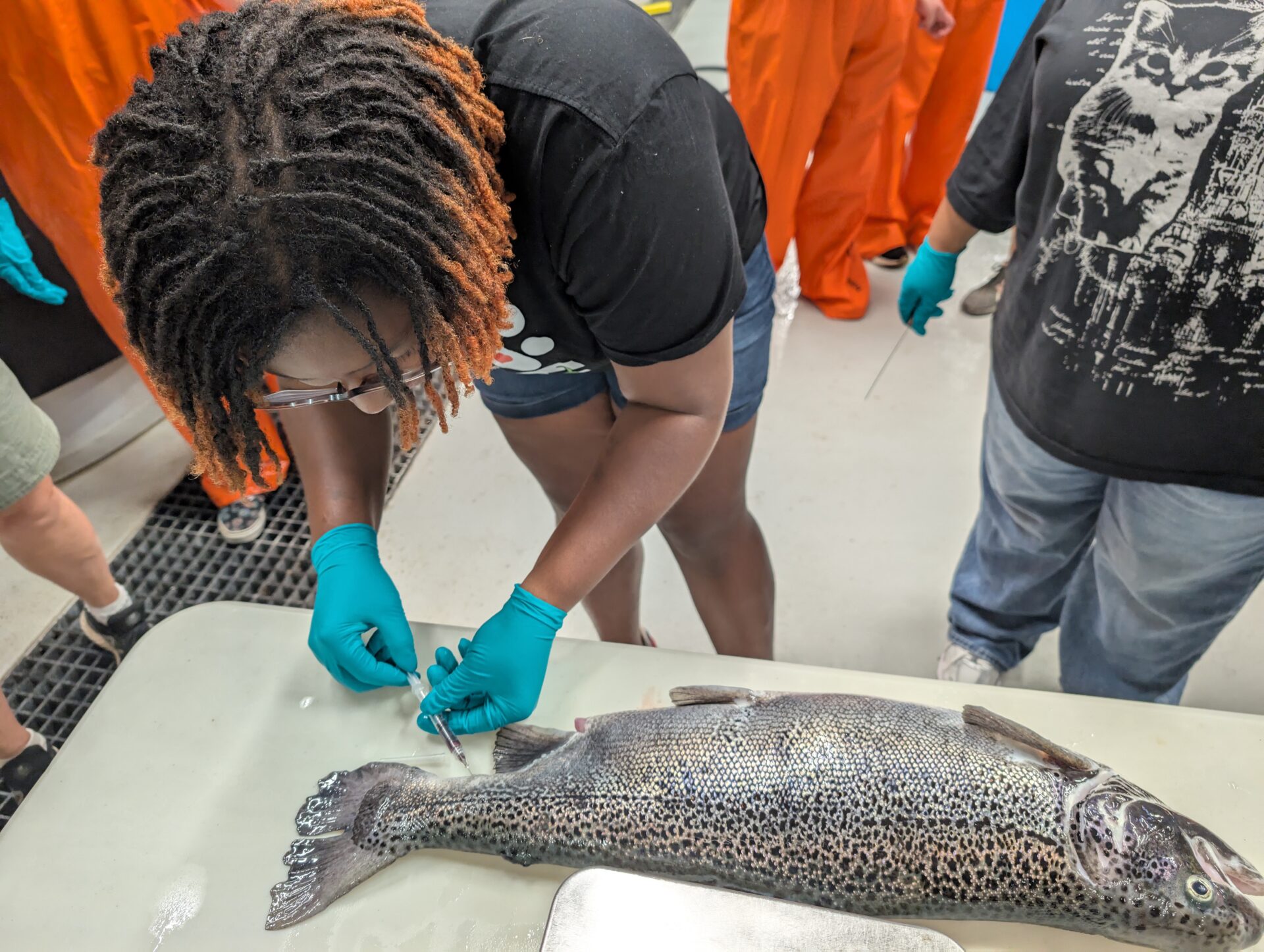By Jenna Mertz
When first-year UW–Madison student Lily Meisel imagined herself doing research, she pictured white coats and microscopes.
“I’m going to be sitting in a lab,” she said, “working with my Petri dishes, dropping bacteria in them.”
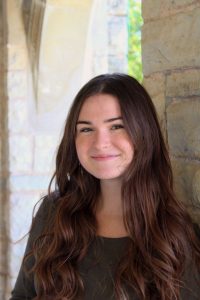
Lily Meisel is a 2022-23 Undergraduate Research Scholar who pivoted away from Petri dishes to take on a different kind of research–coastal resilience. Submitted photo.
Meisel, a prospective biochemistry and environmental studies major, was curious whether she would like that type of work. To find out, she joined the Undergraduate Research Scholars program, which pairs first- and second-year students with researchers across campus. Meisel was drawn to a Wisconsin Sea Grant project about planning for and preventing Great Lakes bluff erosion, a topic unfamiliar to her.
“I think the thing that attracted me to this project the most was that I didn’t know much about it,” she said.
The project, led by Wisconsin Sea Grant coastal GIS specialist David Hart, explores how “adaptation pathways”—a planning tool used to prepare for and respond to the impacts of climate change—could address bluff erosion and other coastal hazards in the Great Lakes. Unlike traditional planning approaches, adaptation pathways are flexible and built around uncertainty. They allow decision makers to map multiple solutions to a problem and pivot to alternatives when those solutions no longer work or become too expensive.
Hart first learned about adaptation pathways from a Sea Grant colleague using the tool to address sea level rise at Dauphin Island, Alabama. “I hadn’t seen this approach applied in the Great Lakes and thought Lily could explore how it had been used to address coastal hazards in a changing climate around the world,” said Hart.
Meisel’s goal was to identify where and how adaptation pathways have been used, if they were successful, and how they could be applied locally. So she got to work—not by culturing bacteria, but by scouring published research for mention of the topic.
“It’s kind of like a treasure hunt,” she said.
Meisel noted it was difficult to find examples of communities that have used adaptation pathways for long-term climate change planning because the approach is relatively new. She focused her analysis on four communities—Lakes Entrance, Australia; Auckland, New Zealand; Dauphin Island, Alabama; and Santa Cruz, California—and plans to showcase her findings via a multimedia, interactive platform known as a StoryMap.
While Meisel thinks more research is still needed to demonstrate their success in helping communities adapt to climate change in the long term, adaptation pathways have proven an effective method for gauging public opinion, which could be useful for weighing different solutions to bluff erosion.
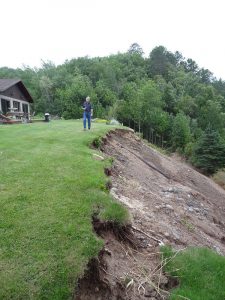
Under a changing climate, many changes will come to Great Lakes landscapes, such as eroding bluffs like this one near Lake Superior. Photo: Marie Zhuikov, Wisconsin Sea Grant
Meisel also felt a personal connection to her research. Growing up in Neenah, Wisconsin, a town on the shores of Lake Winnebago, she knows what it is like to live in a community where life revolves around the lake. The practical applications of the research excite her. “I would love to help a community that’s so similar to mine,” she said.
Meisel will present her findings at the Undergraduate Symposium on Friday, April 28, at Union South.



